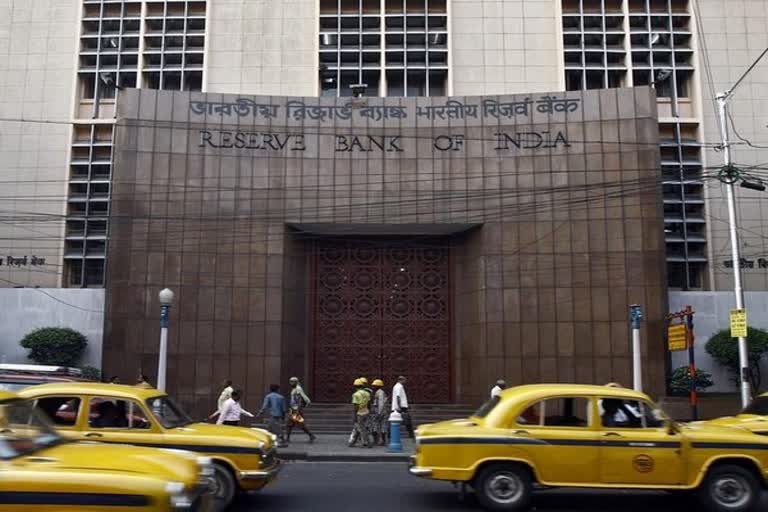New Delhi: The RBI's Flexible inflation targeting framework will be reviewed only after March 2021, its Executive Director Micheal Patra has told analysts.
Flexible inflation targeting is a monetary policy strategy used by the Central bank to maintain the price level within a certain range. This strategy indicates the importance of price stability as the prime factor of monetary policy.
Inflation targeting is known to bring more stability, predictability, and transparency in deciding monetary policy. This is because of the argument that rising prices create uncertainties and adversely affect savings and investments.
A pact was signed by then Finance Secretary Rajiv Mehrishi and then RBI Governor Raghuram Rajan, saying the primary target of monetary policy would be to achieve price stability, while keeping in mind the growth objective.
The inflation range has been modified from time to time under the flexible inflation policy. Under this policy, India adopted a flexible inflation targeting mandate of 4 (+/-2) per cent and headline consumer price inflation was chosen as the nominal anchor.
Read more:GST rates may go up for various items to meet revenue shortfall
Flexible inflation targeting was followed in 2015. The framework made RBI more accountable to explain to the government if it fails to meet the inflation targets. The flip side of this is such targets will restrain RBI from taking any aggressive or accommodating monetary policy stance. This has put India on par with other nations in terms of flexible inflation targeting.
"If you see those RBI projections, then nominal GDP growth falling below the interest rate and government borrowings is likely to be a one-quarter phenomenon. And nominal GDP is projected to rise in the quarters ahead. As far as the regime is concerned, RBI has been mandated to conduct flexible inflation targeting, and this framework will be reviewed only after March 2021," Patra told analysts during a conference call (concall) post monetary policy.
In its monetary policy briefing, RBI Governor Shaktikanta Das had said the real GDP growth has moderated to 4.5 per cent year-on-year (y-o-y) in Q2:2019-20, extending sequential deceleration to the sixth consecutive quarter.
The slowdown in GDP growth was cushioned by a jump in Government Final Consumption Expenditure (GFCE).
On the supply side, Gross Value Added (GVA) growth decelerated to 4.3 per cent in Q2:2019-20, pulled down by a contraction in manufacturing. Growth in the services sector moderated, but agricultural GVA growth increased marginally.
He had also said the Consumer Price Inflation (CPI) increased sharply to 4.6 per cent in October, propelled by a surge in food prices. Fuel group prices remained in deflation, while inflation in CPI, excluding food and fuel, moderated further from its level a month ago, reflecting the underlying weakness in domestic demand conditions.
Survey responses indicate that households' inflation expectations increased by 120 basis points over the 3-month ahead horizon and 180 basis points over the 1-year ahead horizon as they adapted to the spike in food prices in recent months.
Manufacturing firms expect weak demand conditions and reduced input price pressures in Q3:2019-20 and Q4, but they also expect muted output prices reflecting a further weakening of pricing power.
Taking into account these developments, the MPC revised the CPI inflation projection upwards to 5.1-4.7 per cent for H2:2019-20 and 4.0-3.8 per cent for H1:2020-21, with risks broadly balanced.
Real GDP growth for 2019-20 is revised downwards from 6.1 per cent in the October policy to 5 per cent-4.9-5.5 per cent in H2 and 5.9-6.3 per cent for H1:2020-21.



